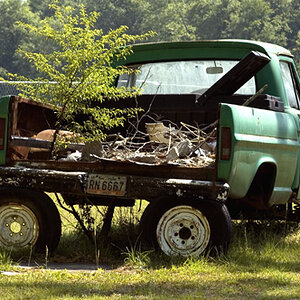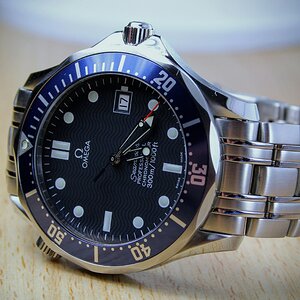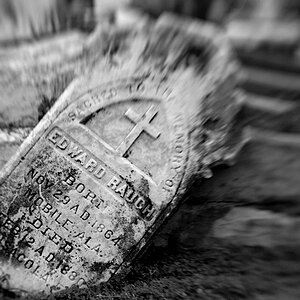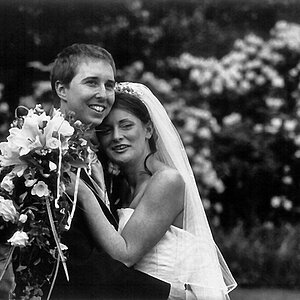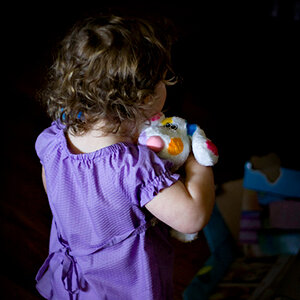torid8
TPF Noob!
- Joined
- Jul 25, 2015
- Messages
- 1
- Reaction score
- 0
- Can others edit my Photos
- Photos OK to edit
Hey I am very new to the camera world. I just got a canon ae-1 and tried loading the film. I opened the film door after taking 2 pictures to make sure it was in correctly but when i closed the door the frame count went back to S instead of 2. Are you not supposed to open it once you take a picture?


